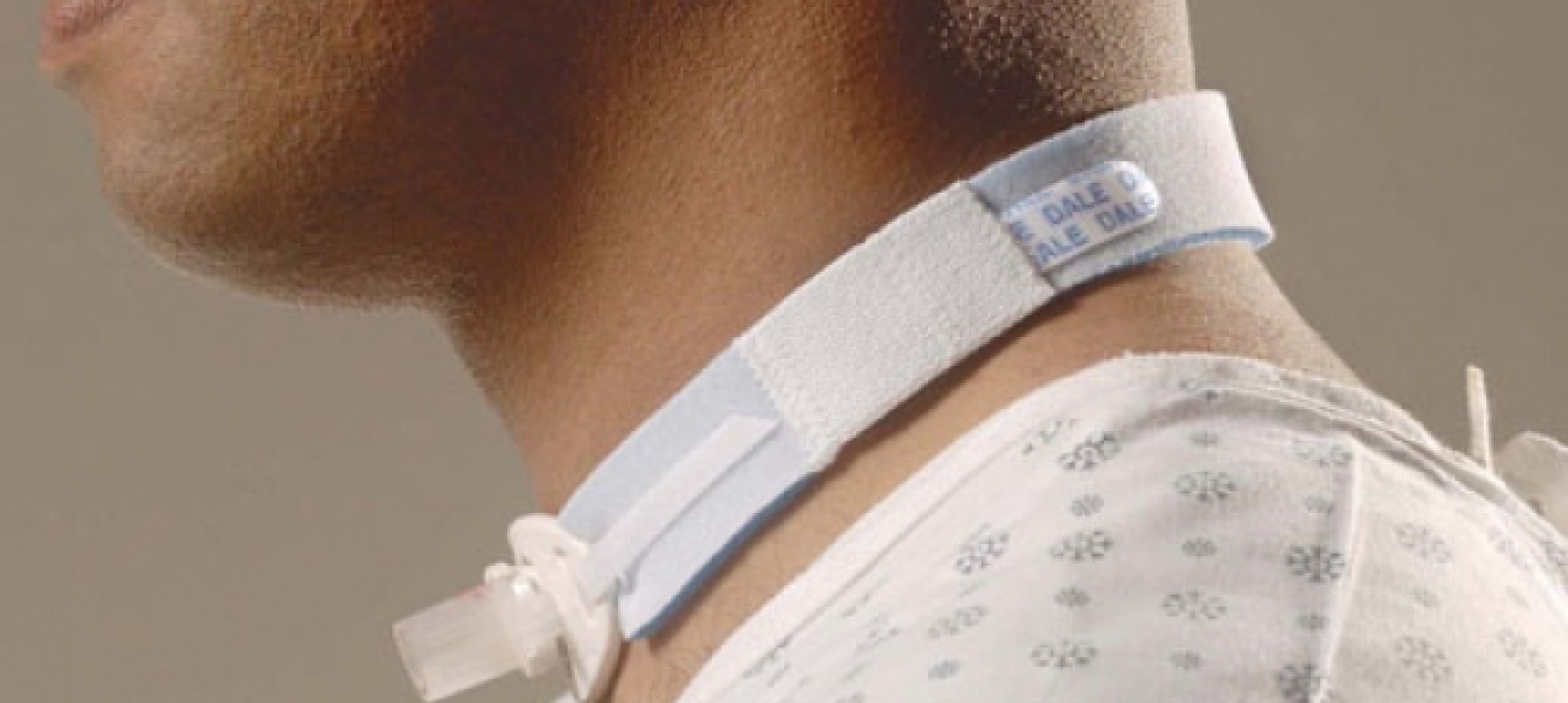
Tracheostomy is the surgical opening of the trachea and the placement of a special tube (tracheal tube) inside it, for the patient to breathe, bypassing the upper respiratory tract. The reasons they may require this vary. Tracheostomy can be done urgently in any place, such as in the case of acute airway obstruction, or programmed in the operating room, which is more common.
The tracheostomy can be temporary, i.e. after a period of time a convergence of the mouth follows, or permanent for life, as in a laryngectomy. As long as the stoma remains open, respiration takes place mainly through it.
Tracheostomy indications
The intervention is carried out in the following cases:
1. In upper respiratory tract obstruction (e.g. laryngeal edema) to ensure airway patency, when transoral intubation is impossible.
2. When there is serious trauma to the larynx.
3. In radical operations of the thyroid or the pharynx and the upper esophagus.
4. In patients whose breathing needs prolonged support: